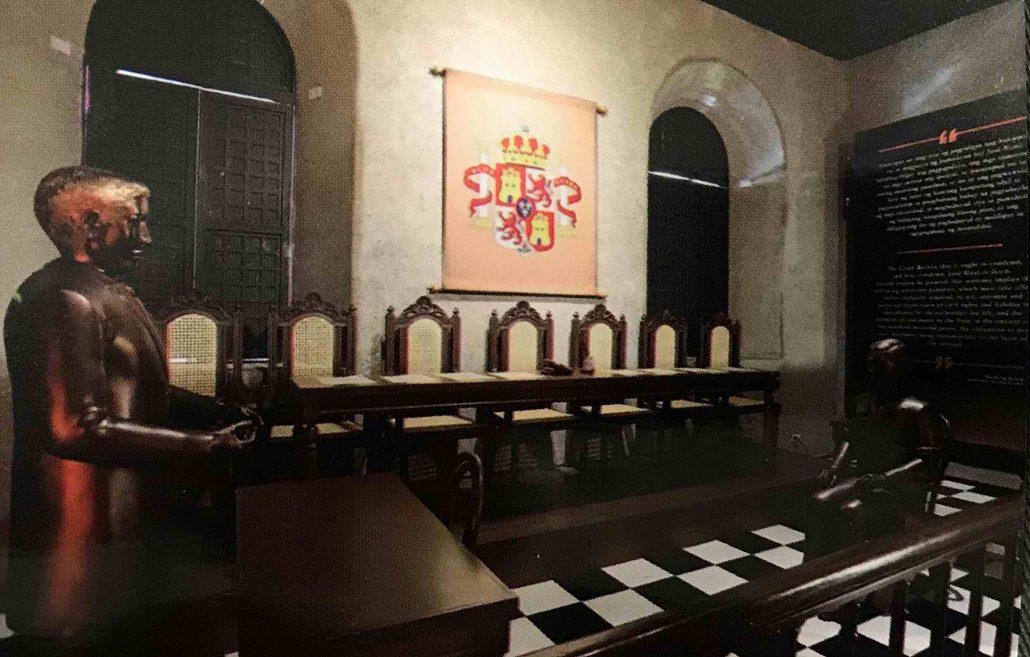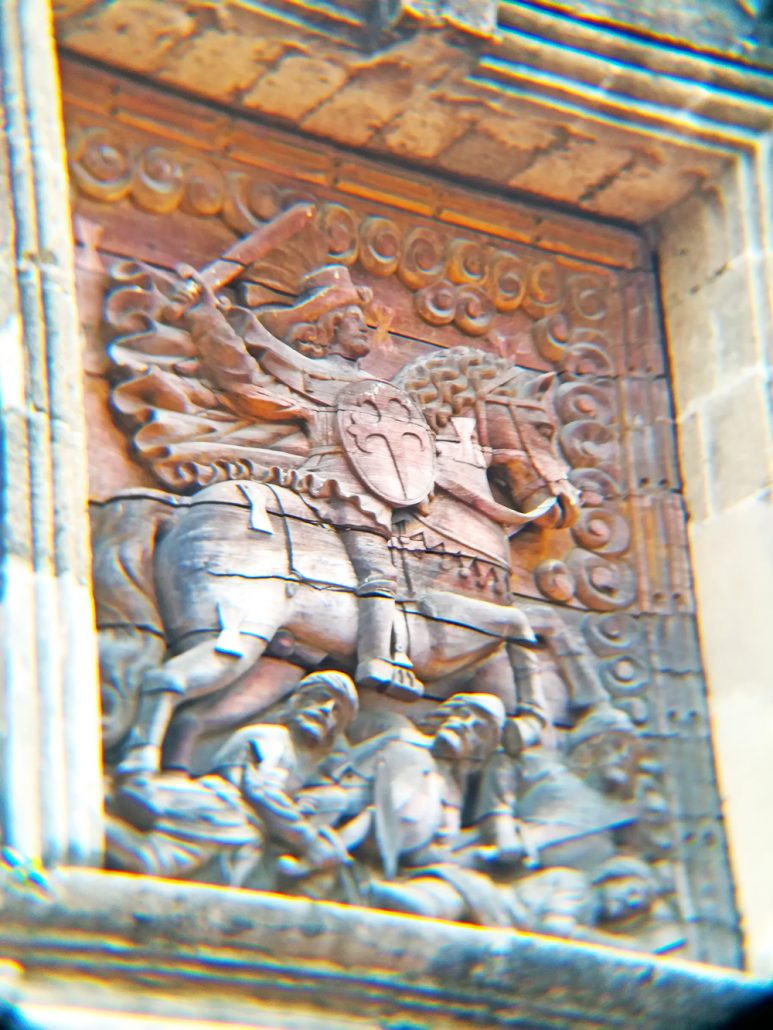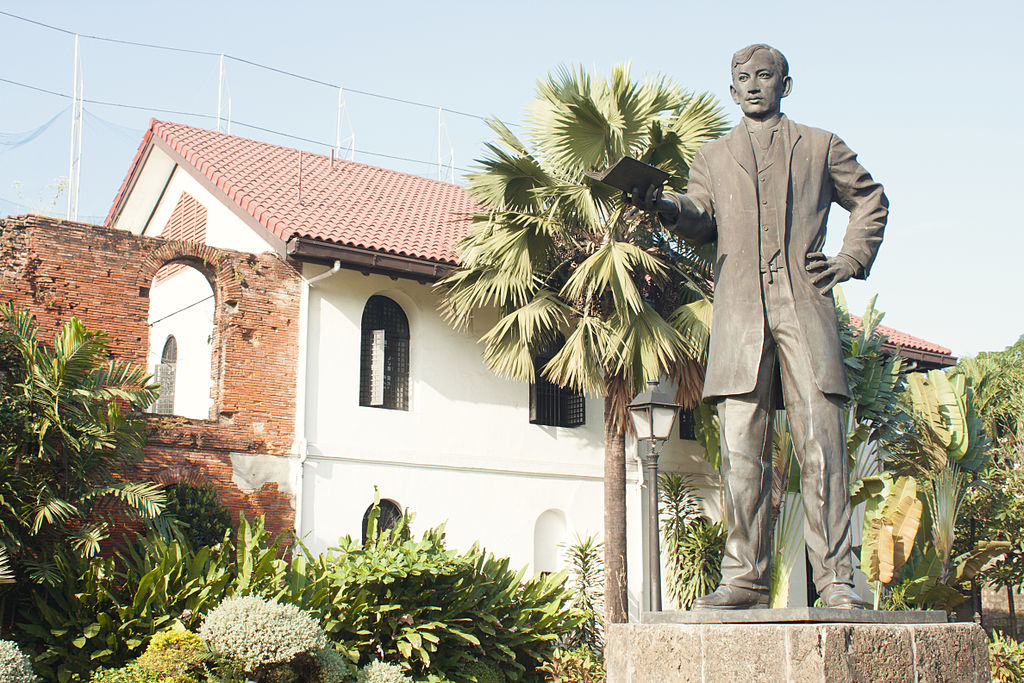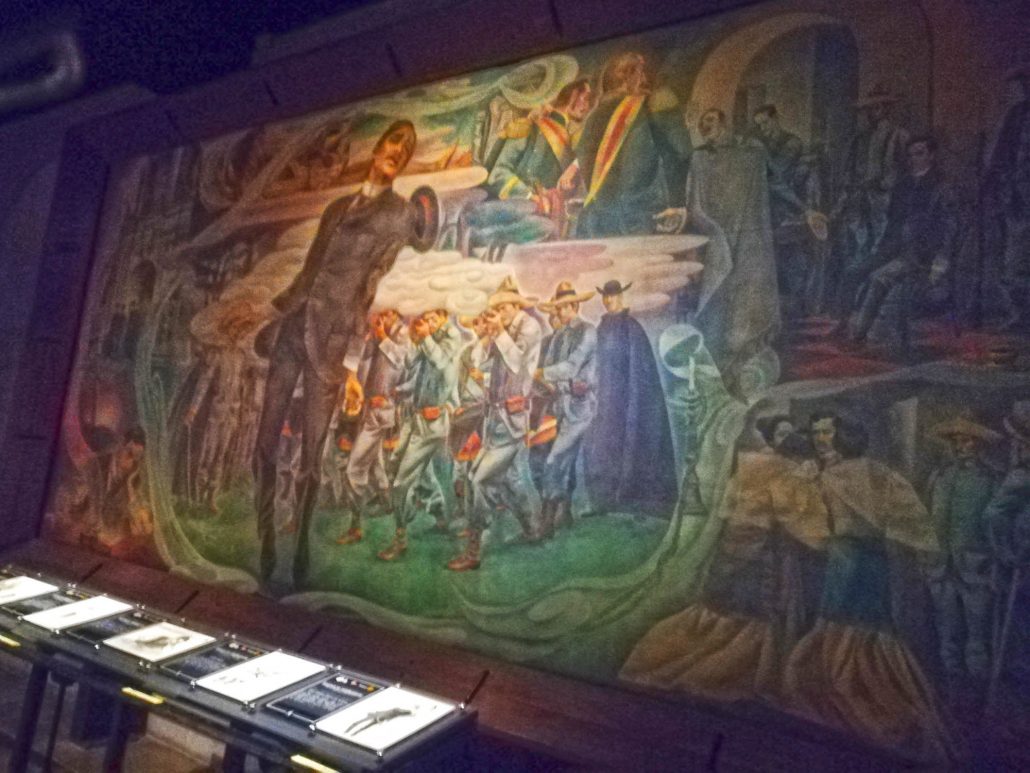
ON Oct. 6, 1896, Jose Rizal was seized in Barcelona, Spain, while on his way to Cuba to serve as a military doctor. After being deported to the Philippines, he was detained at Fort Santiago.

Following preliminary investigations in November, Rizal was put on trial at the Cuartel de España on Dec. 26 and was ruled guilty of rebellion, sedition and conspiracy. Judge Advocate for the case Captain Rafael Dominguez notified Rizal of his death sentence in the morning of Dec. 29; his execution scheduled the next day.
On the eve of his execution, Jose Rizal wrote a letter to his family to bid them farewell, “I would like to see each one of you before dying, though it may cost much pain. Come the most valiant, I have some important things to say.” Serenely accepting his tragic fate, he composed his untitled valedictory poem, which came to be known “Mi Ultimo Adios.”

On Dec. 30, 1896, Rizal calmly faced the firing squad in Bagumbayan. Having accepted his fate, Rizal was in a calm disposition nearing the time of his death. As shots rang out from the guns of the firing squad, Rizal tried to face his executioners, fell down, and died facing the sky.

Today marks the 123rd anniversary of the martyrdom of our national hero Jose Rizal, whose magnum opus “Noli Me Tángere” and “El Filibusterismo” ignited the Philippine revolution and the call for genuine freedom. More than a century has passed since the December fateful day, but even in these modern times, Filipinos have the opportunity to retrace Rizal’s final steps for themselves – and not just at Luneta Park.

Inside the walled city of Intramuros, the Museum of Jose Rizal, Fort Santiago (Museo ni Jose Rizal, Fort Santiago) is housed in the actual site where the Filipino polymath was detained during his last days. After being destroyed during the Second World War, the structure was reconstructed in 1953. It has since become one of the museums under the supervision of the National Historical Commission of the Philippines which honors Jose Rizal, the other two are in Calamba, Laguna and Dapitan, Zamboanga del Norte.

The Museo ni Jose Rizal Fort Santiago pays tribute to Jose Rizal through its themed settings and relics reflecting his life, achievements, and last hours before his execution. The museum has five galleries with tableaus that recreate Rizal’s actual prison cell (“Silid Piitan” contains a life-size wax effigy of Rizal by National Artist for Sculpture Guillermo Tolentino), refashions the martyr’s study and writing desk during his fateful final days replete with all his letters of farewell, and collects a variety of artifacts such as clothing, photographs, replicas of Rizal’s alcohol stove and valedictory poem – even a piece of Rizal’s vertebra enshrined in a reliquary, and the mural-size painting of Rizal’s execution by National Artist for Painting Carlos “Botong” Francisco.

An excerpt from the dying bars of Rizal’s “Mi Ultimo Adios” reads thus: “Mi patria idolatrada, dolor de mis dolores, Querida Filipinas, oye el postrer adios” (My idolized country, sorrow of my sorrows, Beloved Filipinas, hear my last good-bye.)/PN







